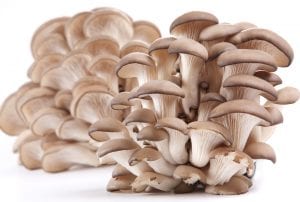 Foraging for food has been around since the beginning of time. Cathy Isom tells us about some mushrooms that can be harvested from the wild. That’s coming up on This Land of Ours.
Foraging for food has been around since the beginning of time. Cathy Isom tells us about some mushrooms that can be harvested from the wild. That’s coming up on This Land of Ours.
Growing up you may recall being told, don’t eat the mushrooms from the ground! They’re poison. They’ll kill you. Or, something like that. But you’ll be happy to know a lot of people do go foraging for mushrooms, and it’s very rare that anyone is harmed or would die from eating them. But you should still be cautious if you plan to forage from the wild like so many others do. If you’re thinking of harvesting your own, here are some varieties you may or may not know about that is definitely OK to eat.
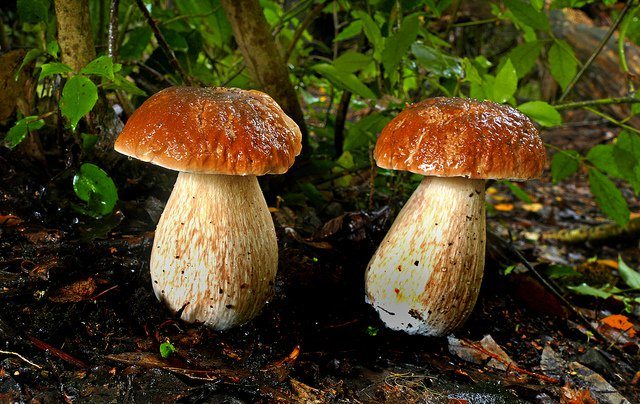
Porcinis/Flickr
Such as Porcinis, or penny bun boletus, are common in supermarkets and a highly sought after culinary ingredient.
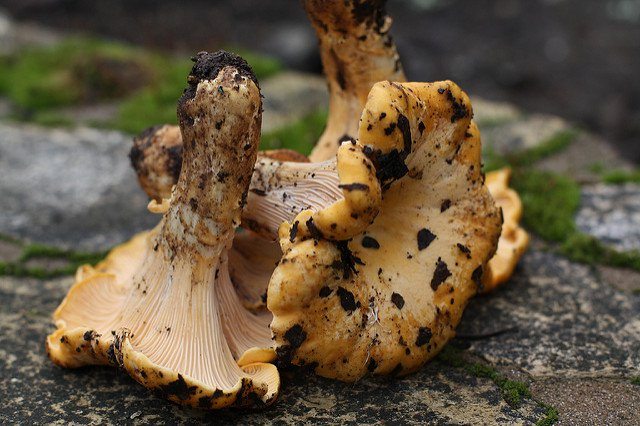
Chanterelles Mushrooms/Flickr
Or, Chanterelles, also familiar to most mushroom fans. They’re a somewhat wild looking mushroom, with a distinctive golden-yellow color and wavy edges.

Field Mushrooms/Flickr
Field Mushrooms. Not the most pleasing to the palate, grow in pastures, mostly in the months of August and September. They are creamy white with dark brown gills and have short stems.
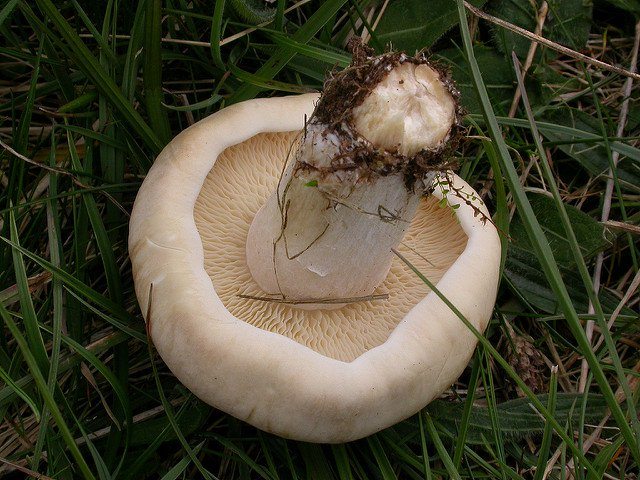
St. Georges Mushroom/Flickr
Here’s one with an interesting name. St. Georges Mushrooms. A fairly common springtime mushroom, that has an irregularly shaped, cream cap with a fairly classic (supermarket) mushroom silhouette.
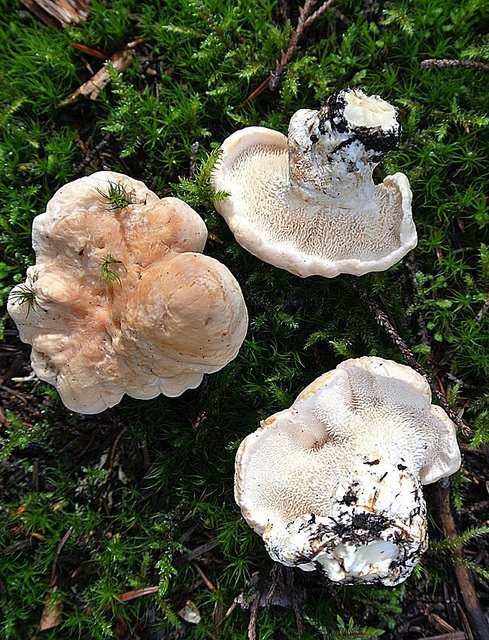
Hedgehog Mushrooms/Flickr
There’s also the Hedgehog Mushrooms, otherwise known as wood urchins. They don’t have a particularly notable flavor, but they have that nice, firm texture plant-based eaters often look for in mushrooms. The caps of hedgehogs are pinkish, sometimes orangey-pinkish, with irregular lobed edges that many overlaps.
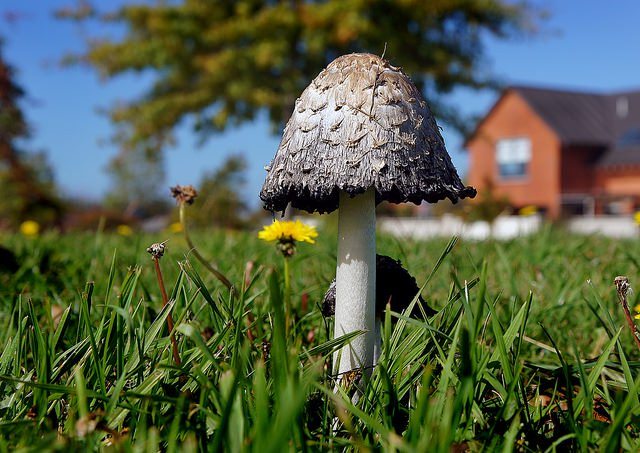
Shaggy Inkcaps Mushroom/Flickr
And just when you thought you’d heard them all, another interesting name for mushrooms. The Shaggy Inkcaps. These are commonly found in grass or along paths and roads. Their caps are tall and cylindrical with fibrous scales that denote the shagginess, and the stems, too, are tall, as well as hollow. They are an autumn mushroom, discovered mostly in September and October.
I’m Cathy Isom…










